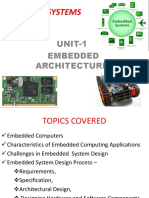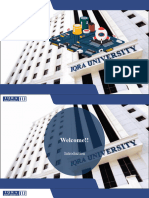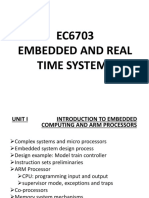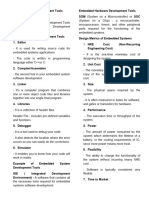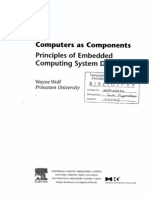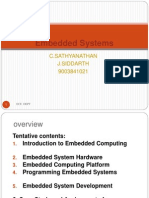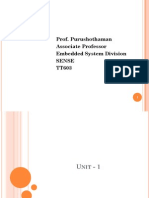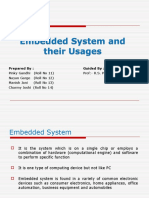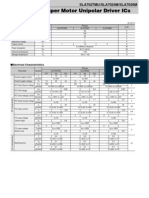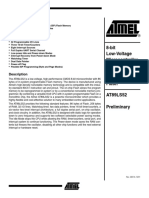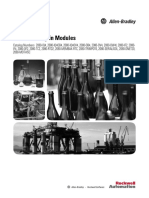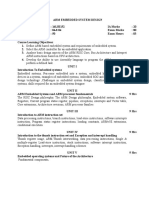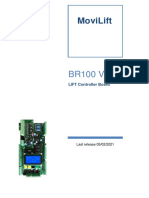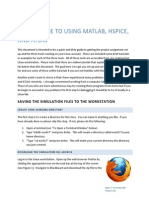0% found this document useful (0 votes)
10 views22 pagesChapter1b Design Method
The document outlines the methodologies and considerations involved in embedded system design, emphasizing the importance of understanding design processes and constraints such as cost, performance, and power. It discusses various design abstraction levels, the balance between top-down and bottom-up approaches, and the significance of real-time operations and security. Additionally, it highlights the challenges faced in hardware and software integration, as well as the need for effective project management to meet market demands.
Uploaded by
ARULMURUGAN LCopyright
© © All Rights Reserved
We take content rights seriously. If you suspect this is your content, claim it here.
Available Formats
Download as PPTX, PDF, TXT or read online on Scribd
0% found this document useful (0 votes)
10 views22 pagesChapter1b Design Method
The document outlines the methodologies and considerations involved in embedded system design, emphasizing the importance of understanding design processes and constraints such as cost, performance, and power. It discusses various design abstraction levels, the balance between top-down and bottom-up approaches, and the significance of real-time operations and security. Additionally, it highlights the challenges faced in hardware and software integration, as well as the need for effective project management to meet market demands.
Uploaded by
ARULMURUGAN LCopyright
© © All Rights Reserved
We take content rights seriously. If you suspect this is your content, claim it here.
Available Formats
Download as PPTX, PDF, TXT or read online on Scribd
/ 22




